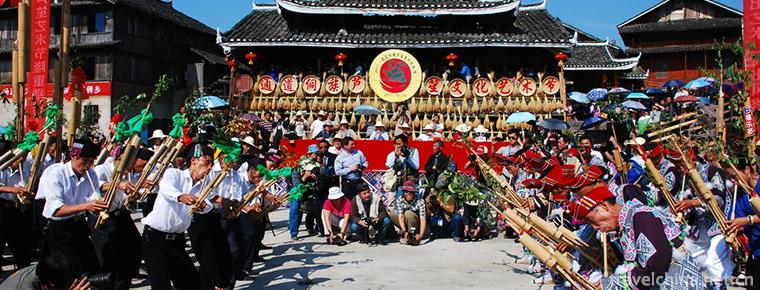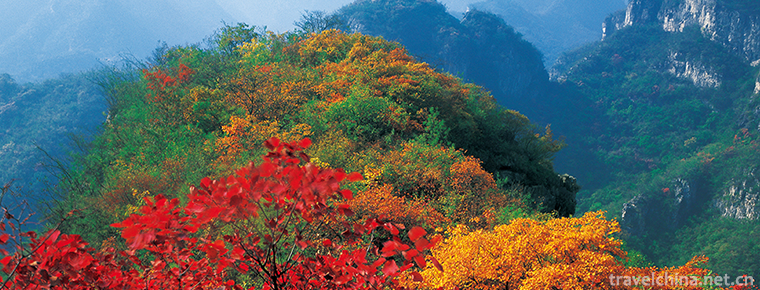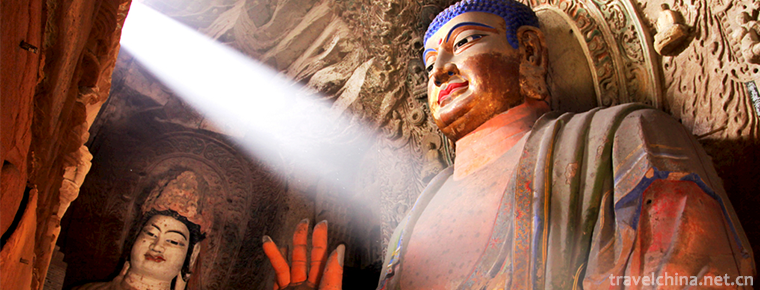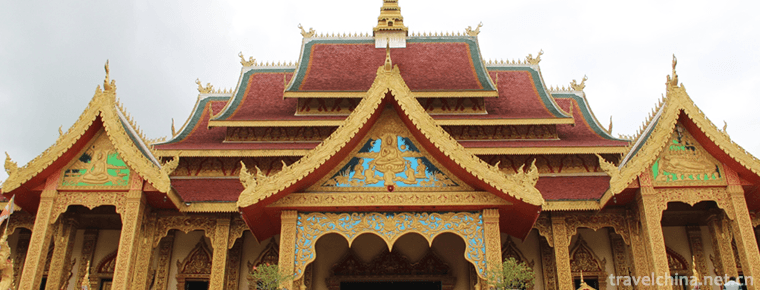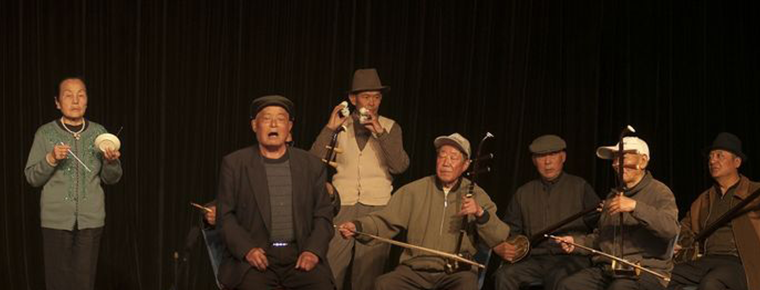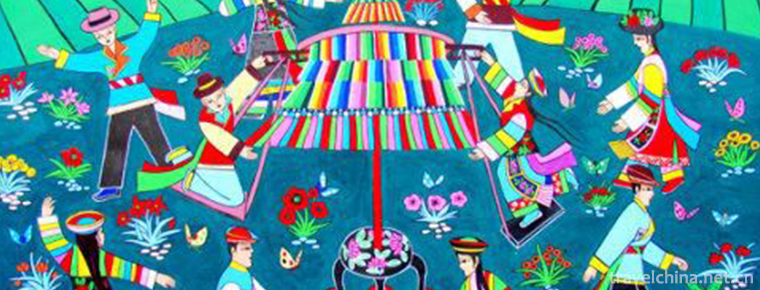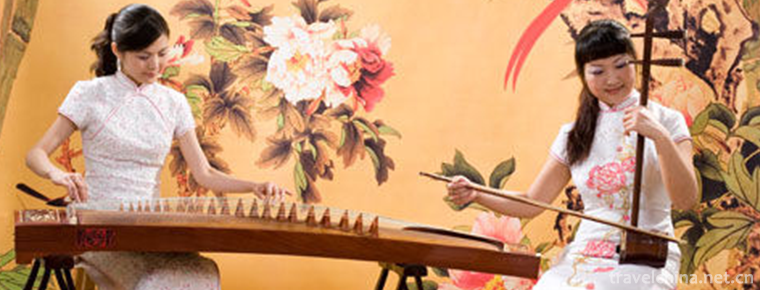Silk weaving skills in Suzhou
Silk weaving skills in Suzhou
Suzhou silk weaving technology, Suzhou local traditional handicraft, Jiangsu Province, one of the national intangible cultural heritage.
Tilting, also known as carving, is an ancient and unique traditional weaving process in China. It mainly exists in Suzhou and its surrounding areas. Since the Southern Song Dynasty, Suzhou silk has been famous all over China and has become a major producer. In the Ming and Qing Dynasties, the silk industry in Suzhou was still flourishing.
On May 20, 2006, Suzhou silk weaving technology was approved by the State Council and listed in the first batch of national intangible cultural heritage list.
historical origin
From the lace fragments of Han Dynasty "woolen fabrics of mixed style" unearthed in Guloulan, Xinjiang, and the silk stone fragments of Han Dynasty unearthed in the People's Republic of Mongolia before liberation, both of them are plain interwoven fabrics of single warp through warp and weft breakage. The former is made of wool silk, and the latter is made of pure silk, which can be called silk. They had the same weaving method as before Song Dynasty, which proved that the weaving method of opening warp and breaking weft had already existed between Han and Wei Dynasty in China, and their weaving skills had reached a fairly complete level.
The origin of silk was about the 7th century A.D., and it gradually matured from the Han Dynasty to the Sui and Tang Dynasties. Since the Sui and Tang Dynasties, silk products have been used as the head of calligraphy and painting. In the Northern and Southern Song Dynasties, silk was the most famous. Whether wrapping head, mounting or silk work of art landscapes, flowers and birds, figures, etc., silk reeling skills have reached a considerable level. Southern Song Dynasty Zhu Kerou Tisi's Picture of Lactating Duck in Liantang (now hidden in Shanghai Museum) shows blue waves, green reeds, red egrets, green ducklings and ducks swimming in the pond, white lotus blooming in the water, duckweeds dotted with dragonflies and grass worms. The whole work is rigorous in composition, harmonious in color and lively. There are also Shen Zibo's Mei Que and Qingbi Landscape (now hidden in Beijing Palace Museum). These works have a unique artistic style, which is exquisite in workmanship and charm.
After Jingkang, because of the weakness and incompetence of the ruling class in the Song Dynasty, the capital of Linan (now Hangzhou) was moved to the north. At that time, the political, economic and cultural centers moved from the north to the south. Many skilled craftsmen were also brought to the south. In this period, Tisi became popular and developed in Songjiang and Suzhou areas, and was basically concentrated in the land tombs and Li in Suzhou. Kou, Guangfu area. Shen Zibo and Wu Yu were famous craftsmen in Suzhou (Wujun) during this period.
By the Song Dynasty, it had occupied a prominent position in the history of weaving in China. At that time, "Dingzhou in Hebei Province was the best system" and "Xuanhe was the most prosperous system".
During the Southern Song Dynasty, silk reeling production in Suzhou also had a certain scale.
In the Yuan Dynasty, silk artworks had turned to daily necessities. Its characteristics were that silk was the first to use golden colors, and was widely used in Temple articles and official clothes. The golden colours of the Yuan Dynasty had great influence on the Ming and Qing Dynasties.
Since the Ming Dynasty, silk reeling techniques have been widely spread in Likou, Lumu, Huangqiao, Guangfu, Dongzhu and other places in and around Suzhou, becoming one of the most representative forms of silk weaving art in this area. In Ming Dynasty, Suzhou's silk weaving skills were more exquisite. It was famous for its imperial silk dragon robes and open-phase fabrics in silk painting and calligraphy. By the Ming Dynasty, the art of silk reeling had further developed. Except for the imperial silk reeling artists in the Ming Palace, Suzhou silk reeling had a considerable scale and formed its own style. At that time, there were a number of artists engaged in silk weaving in Lutomb Town outside Qimen, Suzhou. Zhu Liangdongti's "Yao Chi Xianshou Picture" (hidden in the Beijing Palace Museum) has a clear outline and is particularly outstanding. Therefore, the Ming Dynasty silk is most famous in Suzhou. In Ming Dynasty, except for Beijing and Suzhou, no silk was found in other areas.
By the Qing Dynasty, there appeared a new skill of combination of Ti and Painting.
In the 1960s, starting from the reproduction of silk names in the Southern Song Dynasty, artists restored the silk weaving skills that had been endangered before the founding of the People's Republic of China.
By the 1970s and 1980s, five silk reeling factories had been established in Suzhou, and silk weaving techniques had been developed.
Technological characteristics
The silk weaving technique mainly uses the ancient wooden machine and some bamboo shuttles and dials, through "through warp and weft breaking", the colorful silk threads are woven into a fabric with rich color and complete color order. This kind of fabric has the characteristics of pattern without distinction between positive and negative. In the pattern outline, color order transformation and other places, the fabric surface like a knife scratched, showing a small void or broken marks, "the view through the void, such as the image of carving", hence the name "Tie (engraved) silk".
The process of silk reeling is divided into more than ten processes, such as warp insertion, drawing, weft weaving and finishing. The basic techniques of weft weaving include hooking, grabbing, winding, knotting, tipping and shuttles of length and length. There are also many special techniques, such as shuttles of tray, latches of bars, mother-son warp and mosaic thread, which are flexibly applied according to the requirements of different pictures to express various artistic effects. Among them, "knot" is to adopt a certain regularity of area meridian and color method in the vertical or apprenticeship pattern of monochrome or dichroic pattern; "knot" is to arrange the dichroic pattern above a certain gradient (except monochrome) according to the depth of the color regularly and hierarchically, as if it were overlapping and color method; "hook" is the outer edge of the pattern generally with darker lines and clear lines. Outside outline is like fine brushwork outline; grabbing is also called gun color or inlay color. It uses two or more (or even more) tones of dark and light colors and uses gun heads to stretch each other to show the texture of fine brushwork rendering effect.
Technological process
Generally speaking, the whole process of reeling can be summarized as four steps:
The first step is to put the warp silk on the woodworking machine, including eleven processes: drop warp, pull warp, snap, bend, insert back axle warp, drag warp, insert front axle warp, pick up warp, turn over and stop warp.
The second step is to sketch the pattern on the meridian surface with ink.
The third step is weft weaving.
The fourth step is to trim the hair on the opposite side.
Inheritance and Protection
Inheritance Significance
As one of the earliest silk fabrics used for art appreciation, silk is known for its fine production, simple and elegant, beautiful and beautiful artistic features, and is known as "the holy of weaving". At the same time, because it can withstand touching, rubbing, rubbing and washing, it has gained the reputation of "Millennium Not Bad Art Fabric".
The silk work has high ornamental value. The fine silk products of past dynasties contain abundant cultural information. The silk art embodies the characteristics of traditional culture and has corresponding cultural and scientific value.
representative figure
Wang Jinshan, male, was born on February 15, 1939. In June 2007, Wang Jinshan was selected as the representative successor of the first batch of national intangible cultural heritage projects, which was declared by Suzhou City, Jiangsu Province. Project Name: Silk weaving skills of Suzhou.
protective measures
In March 1999, Master Wang Jinshan Tisi Studio was established. Since its establishment, the studio has actively carried out the work of inheritance and training, cooperated with Suzhou Institute of Technicians, set up traditional skills inheritance classes, and trained a generation of new people with both cultural knowledge and professional skills.
social influence
Important Exhibitions
In November 2011, at the exhibition of Arts and crafts held in Guangfu Cultural City, a new product "Red Dragon Lotus Screen" created by the representative inheritors of the national intangible cultural heritage project was displayed.
On May 28, 2013, Jiangsu Non-material Cultural Heritage Skills Exhibition opened in Nantong Sports Exhibition Center, in which silk crafts were displayed.
Honorary recognition
In 1982, the silk art broke through the old law for more than a thousand years and created a golden work Butterfly Peony Mountain Tea with three different colors, different pins and different stitches, which was listed as a treasure and collected in the Chinese Art and Crafts Museum.
Wang Jinshan, the representative successor of the national intangible cultural heritage project, "Peony-Camellia-Double Butterfly Picture" won the prize of "Best Works" in the first Zijin Cup folk art selection in Jiangsu Province.
Wang Jinshan, the representative successor of the national intangible cultural heritage project, has won the second prize for excellent works of Chinese arts and crafts.
Representative Works
Southern Song Dynasty Zhu Kerouxisi's Picture of Lotus Pond Milk Duck.
In Ming Dynasty, Zhu Liangdongti's "Yao Chi Xianshou Tu" and Shen Zhou's "Tao Xiantu Tu" and "Drama Baby Tu" are the representative figures of Wu Men Painting School.
In the Qing Dynasty, there were Samsung Tu and Baxian Qingshou Tu.
Contemporary has "Suzhou Bridge Picture", "Yunlong Picture" and so on.
On June 24, 2015, one of the classics of Jingshizong, Guan Wuliangshou Jingtu, officially appeared.
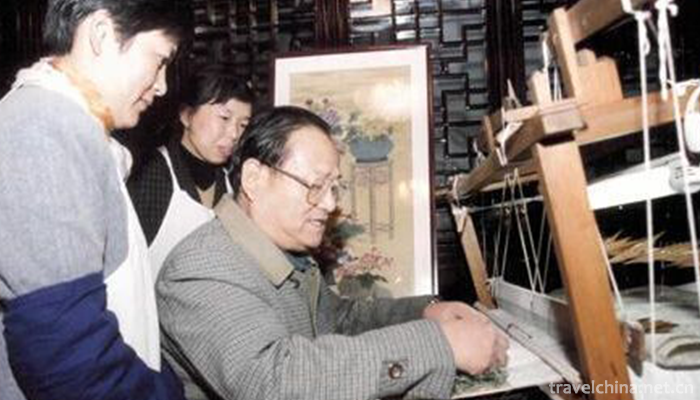
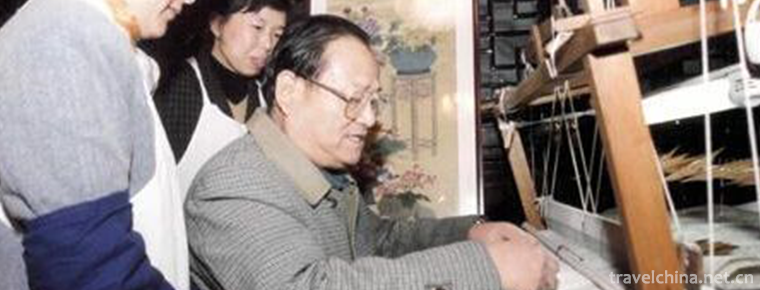
Silk weaving skills in Suzhou
-
Crab congee
crab porridge is a snack in Macao. Macao is located at the junction of saltwater and fresh water, and the crab produced is delicious. Water crab porridge...
Views: 234 Time 2018-10-31 -
Ancient songs of Miao Nationality
Miao Ancient Songs, local traditional folk literature in Taijiang County and Huangping County of Guizhou Province, is one of the national intangible cultural heritage.
Views: 275 Time 2018-12-15 -
Shennong Mountain Scenic Area
Shennong Mountain Scenic Area is a national AAAAA-level tourist area, located in Zhaozhai Village, Ziling Town, Qinyang City, Jiaozuo City, Henan Province, 25 kilometers northwest of the Taihang Mount
Views: 244 Time 2018-12-17 -
Binxian Dafo Temple Grottoes
Binxian Dafo Temple Grottoes, located at the foot of Qingliang Mountain, 10 kilometers west of Binxian City, Xianyang City, Shaanxi Province, is the largest Grottoes group in Shaanxi Province and an i
Views: 152 Time 2019-01-03 -
Xishuangbanna Mengwan Great Buddhist Temple
Situated in the suburbs of Jinghong City, the prefecture of Xishuangbanna Dai Autonomous Prefecture, Yunnan Province, the Monastery is built according to the national AAAA standard.
Views: 139 Time 2019-02-25 -
Pearl rice paste
Pearl rice paste is a delicacy. The main raw material of this dish is fresh pearl rice. The main condiment of this dish is sugar. This dish is mainly made by boiling.
Views: 317 Time 2019-03-23 -
Five Palace Tunes in Haizhou
Haizhou Five Palace Tunes is a traditional folk music with a long history. It is an important link of Ming and Qing folk songs in Jiangsu Province. It is a precious relic of ancient "Zhugong Tune
Views: 127 Time 2019-05-02 -
Turkish Pan Embroidery
Pan embroidery is the most important embroidery method in Chinese Tu embroidery, and it is a compulsory course for Tu women in their lifetime. Pan embroidery is a unique embroidery method of the Tu na
Views: 408 Time 2019-06-23 -
String Music Heze String Music
Heze string music is one of the second batch of national intangible cultural heritage announced by the State Council. It is a well-known traditional folk music in southwestern Shandong Province, and i
Views: 253 Time 2019-07-01 -
Cross stitch of Chinese embroidery
The earliest cross stitch was embroidery on animal fur fabrics with silk extracted from silkworm cocoons. Later, it was used to decorate clothes and furniture. Cross stitch, with its simple embroidery method, noble and gorgeous appearance, exquisite
Views: 337 Time 2020-12-12 -
Plant resources in Neijiang
Neijiang City is a subtropical evergreen broad-leaved forest belt with mild climate and abundant rainfall, which is suitable for the growth of a variety of trees. There are more than 60 subjects, 110 genera and 190 species. Neijiang is mainly composed of timber forest
Views: 319 Time 2020-12-16 -
Nanchong ecological environment
In 2019, the total amount of funds used for environmental protection capacity building and supervision and operation of Nanchong City is 14.1809 million yuan, including 2.4476 million yuan for monitoring capacity construction and 11.7333 million yuan for environmental
Views: 327 Time 2020-12-17

